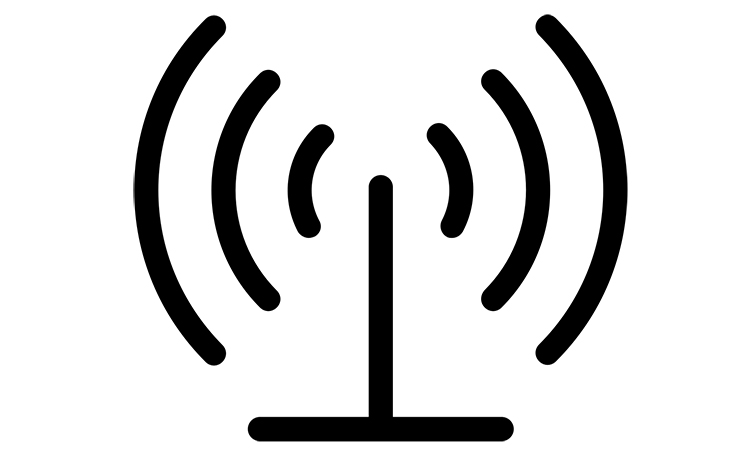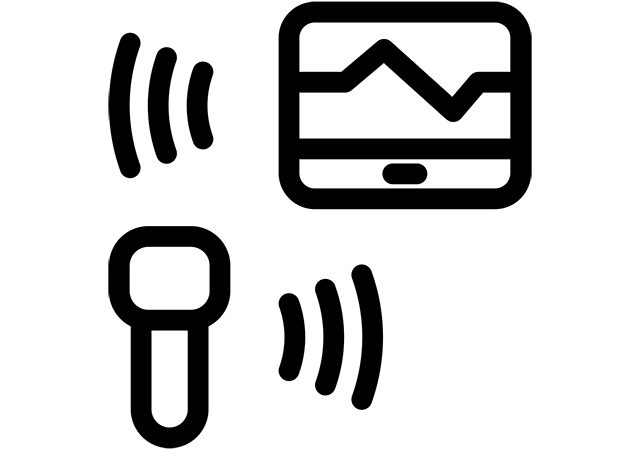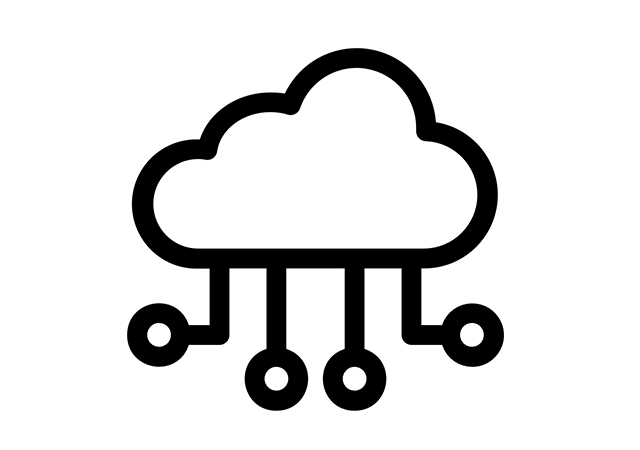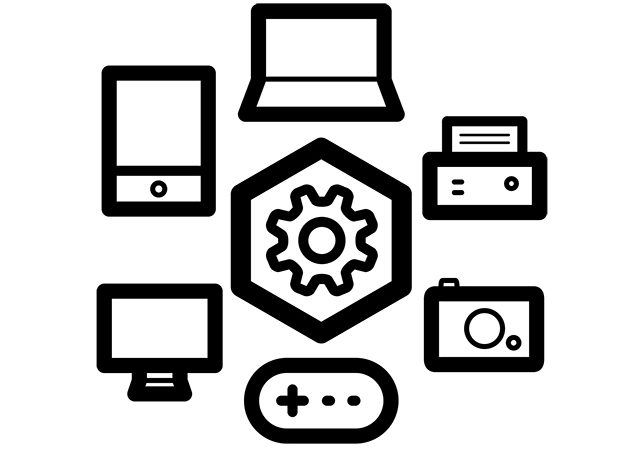This post answers the questions “What is WAN?” and “What are different types of WAN?”. WAN stands for wide area networking. It serves to provide communication between backhaul and capillary networks. It’s required for bidirectional communication IoT infrastructure and cloud-based IoT functions.
Proxy is an important part of networking, and is provided by a gateway.
WAN functions are:
- Providing communication between two types of networks.
- Authentification and identification.
So let’s see now what are different types of WAN.
What is LPWAN?
LPWAN is a technology like LTE wireless networks similar to LTE-M, EC-GSM-IoT, LoRa and others. These technologies are used to connect devices like sensors and actuators in a very large scale.
3GPP LPWAN technology
Narrowband IoT (NB-IoT), technology connects a wide range of IoT devices and services. It is characterised by great power optimisation of a device’s power consumption, and is designed to cover indoors and rural areas. NB-IoT is often used together with mobile equipment, and works together with mobile networks. It uses security and privacy features of mobile networks. The advantages are:
- Multicast support;
- Power consumption reduction;
- Latency reduction;
- Mobility enhancement;
- Non-anchor PRB enhancement
Characteristics are:
- Coverage: 164dB, FSS;
- Downlink: OFDMA;
- Uplink: single tone, 15kHz and 3,75kHz spacing, SC-FDMA, 15kHz tone spacing, Turbo code;
- Bandwidth: 180kHz;
- Peak rates: DL ~50kbps; UL~ 50kbps(multitone), ~20kbps (singletone)
- Duplexing: HD (type B), FDD
- Power saving: PSM, ext. I-DRX, C-DRX
- Power class: 23dBM
LTE-M technology
LTE- M technology is one of the 3GPP standards, and is compliant with LTE technology, but significantly reduces cost. The advantages are:
- Positioning support;
- Higher data rates;
- VoLTE support;
- Multicast support;
Characteristcs:
- Coverage: 155,7 dB;
- Downlink: OFDMA, 15kHz tone spacing, , 16 QAM, 1Rx
- Bandwidth: 1.08 MHz;
- Peak rate: 1Mbps for DL and UL;
- Duplexing: FD and HD (type B);
- Power saving: PSM, ext. I-DRX, C-DRX
- Power class: 23 dBm, 20 dBm
EC-GSM-IoT technology
EC-GSM-IoT is a technology offering extended GSM coverage by +20dB using less GHz bands. It uses repetitive signal processing techniques to improve coverage and capacity of GPRS. It offers various data rates up to 240kbps and supports 50k devices per base station, showing better security features compared to other GSM-based solutions.
Advantages:
- Various interface inhancements;
Characteristics:
- Coverage: 164 dB with 33dBm power class and 154 dB with 23dBm power class;
- Downlink: TDMA/FDMA, GMSK and 8PSK , 1Rx;
- Uplink: TDMA/FDMA, GMSK, 8PSK;
- Bandwidth: 200kHz per channel;
- Peak rate: for DL and UL (4 timeslots) : 70kbps (GMSK), and 240kbps (8PSK);
- Duplexing: HD, FDD;
- Power saving : PSM;
- Power class: 33dBm.
Parts for building WAN communication area can be ordered on the website Digi-Key Electronics.




